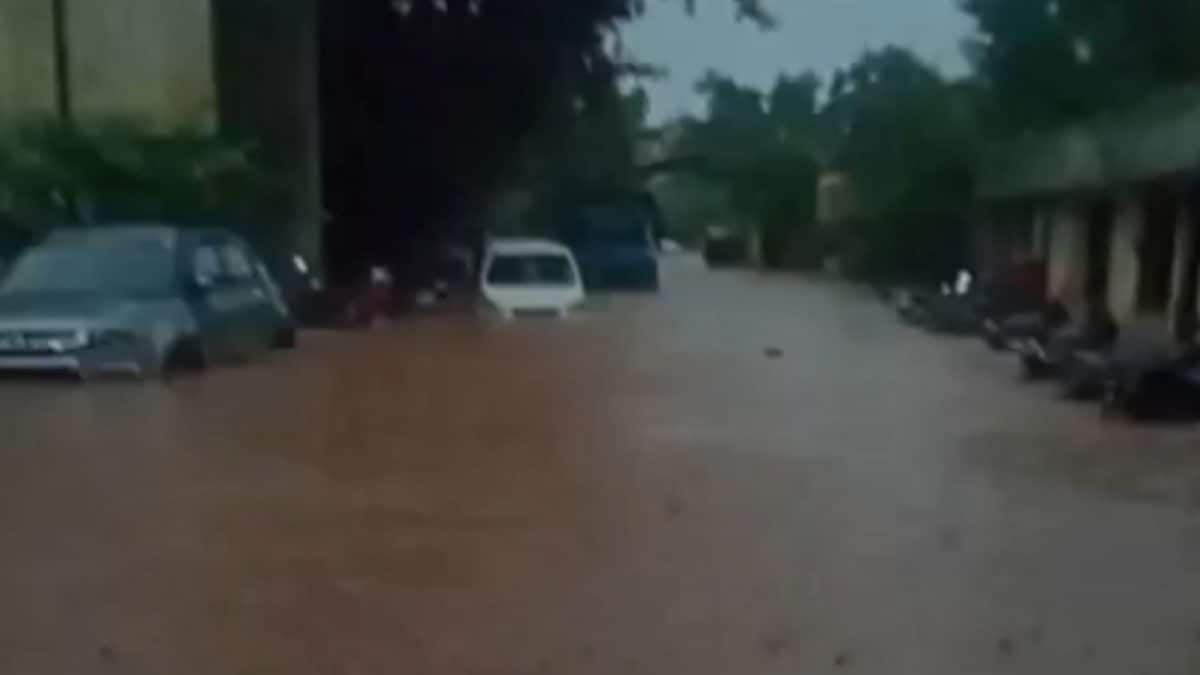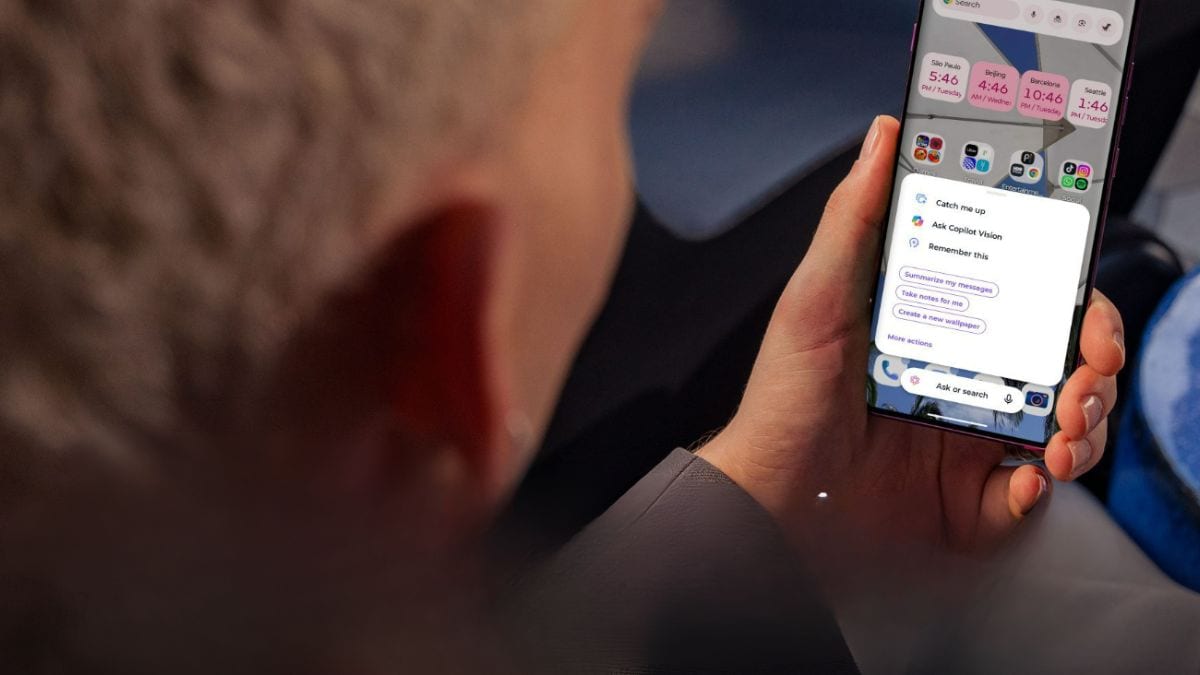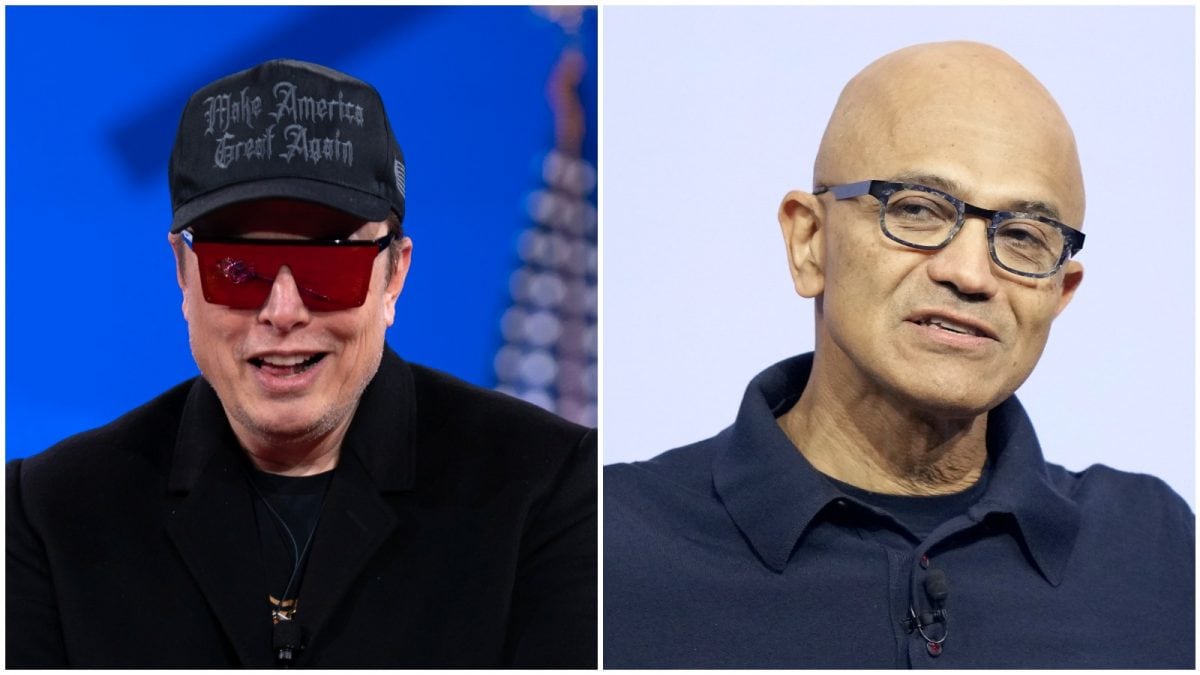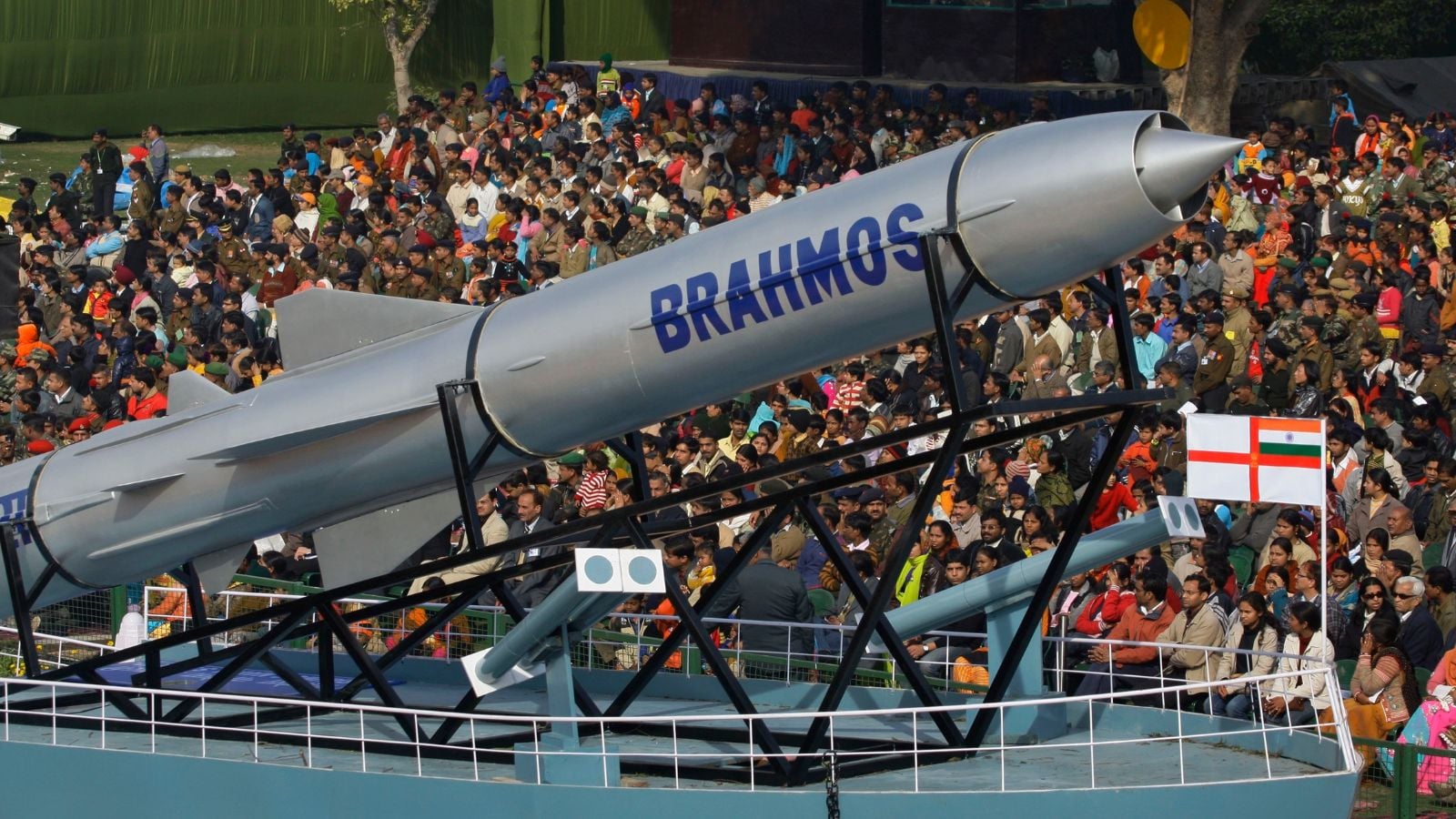ARTICLE AD BOX
Last Updated:August 15, 2025, 17:57 IST
News18 spoke to the SIT chief, Additional General of Police (CID) BK Singh, who is leading the investigation into the Prajwal Revanna case

Prajwal Revanna being taken to a hospital for medical examination under tight security, in Bengaluru. (PTI)
One of the most telling visuals in the Prajwal Revanna case, involving the alleged rape of several women in Karnataka, was an all-women Special Investigation Team (SIT) going to arrest him at the Bengaluru International Airport in the most dramatic manner. Since then, from jail to the courts and back, he has always been accompanied by women officers.
There was a loud and clear message — that the SIT probing the case was not only instilling confidence among the survivors to come forward, but also strengthening the case against the former Hassan MP and grandson of former Prime Minister HD Deve Gowda.
News18 spoke to the SIT chief, Additional General of Police (CID) BK Singh, who is leading the investigation into the Prajwal Revanna case. The special court for people’s representatives recently convicted Prajwal Revanna in the first rape case and pronounced a punishment of life term.
The SIT chief shares details of the unique methodology used to pinpoint the accused, how Revanna behaved during custody, and how they expect this conviction to encourage more victims to come forward to the SIT.
Edited excerpts:
An all-women team arrested Prajwal Revanna — was there a reason? Was it also to tell the victims that the SIT is with them?
Yes. Basically, the idea was two-fold — one, to send a message to society at large; two, to reach the hearts and minds of the victims. In sexual assault cases, it is very difficult for a male officer to talk to them — the wavelength will not be there, and there will be inhibition on both sides, the victim as well as the Investigating Officer (IO) while discussing the incident. To remove that inhibition, it was decided that all rape cases would be investigated by women officers. Since this was a major case, all women officers were there, and they themselves wanted to go and make the arrest. They asked me, “Sir, can we do it?" I said, “OK, if you are willing, there is no question of denying. Let us do it and go ahead." So I gave them permission to go and do the rest of the job.
The special court sentenced Prajwal Revanna to a life term — one of the strictest punishments you had been asking for. Was it a hard case to crack from the beginning?
I will not say that it was a hard case to crack. It was a hard case to get evidence. More or less, everybody knew there was a survivor and there was an accused, so it was not a case where the accused was unknown. The difficult part was how to connect the crime to the accused.
Usually, in a rape case, there will always be biomedical evidence — on the body of the victim, on the body of the accused, and mostly at the place of the incident as well. But in this case, there was no chance of getting any biomedical evidence at any of the three places.
The crucial part of the evidence came through innovative policing and investigation. You used the fact that the accused’s face was not visible, and a unique methodology was applied in this particular case…
Yes, I can say that, because we were investigating something different from the normal. We had to get the evidence — we could not say that we couldn’t. So we searched for all technologies available, because we had only that equipment to work with. We explored how we could use the same videos for the purpose of evidence, and how to get corroboration of the victim’s statement using that video.
We started analysing the video to see where it showed force, which you can make out by looking at it, and then, how to identify the accused, as his face was not visible. The survivor’s face was visible, and they confirmed, “That is my face."
The issue was on the accused’s side — how to pinpoint that the person seen in the video, without his face visible, was the same person the survivor alleged had committed the rape. To make that identification, we had to use new methods. I will not say new technology — new methods — basically, we extrapolated the technology used in fingerprinting — the same principle, we extrapolated for body marks. In the video, a portion of the accused’s body was visible. We identified that there were distinct body marks. Normally, not every person’s body is the same — there could be a birthmark, a burn, a cut, or a mole. Other natural marks develop as a person grows — pigmentation, scars, and so on.
We tried to identify what the different body marks on the person’s body were, to match them with the accused or the suspect’s body, which we had access to after the arrest. During the medical examination, we took photographs and matched them. Once it matches, it becomes very difficult for anyone to say that this person is not the same. It establishes that the person appearing in the video is the same person who was subject to the medical examination.
You mentioned photographs were a challenge. Neither the accused allowed you to take pictures of his private parts, nor were the doctors cooperating. How did you go about it?
Initially, what happened — and again I told you — these were a few things which usually don’t happen. We had to go to the court to get an order. Doctors were refusing to take the photographs, because some of them had to be of private parts. The accused was also not willing. But in any case, there is a clear legal provision in the CrPC which says that force can be used at the time of medical examination of a rape case accused. Particularly for a rape case accused, it is very clear, force can be used. So we were not bothered much about the accused not cooperating.
The doctors were saying, “We cannot do it, because our medical ethics do not allow us to photograph a person, especially their private parts."
So we had to go back to the court with some studies to convince them that we required these photographs for the purpose of investigation.
We submitted two studies — one from Turkey and one Japanese paper. At the same time, we cited the provisions of the Prisoners Identification Act, which was completely overhauled in 2022. That Act permits us to take the photographs of any accused at the time of investigation itself.
So we presented to the court both the provisions of the law and those studies, to convince the court that this was required for investigation. The court agreed with our demand and passed a judicial order. As usual, the condition was put that the secrecy and privacy of the accused should be maintained, and the responsibility for that lay with the investigating agency. We agreed, saying we would maintain secrecy.
Prajwal Revanna was a sitting MP, had completed five years, and was seeking re-election. When he was arrested, and later when you were questioning him, was he cooperative or arrogant? He comes from a politically influential family — grandson of a former Prime Minister, himself a sitting MP, and his father a former minister.
All his arrogance was gone within five minutes of landing at the CID headquarters. As for cooperation — why do we need it? Whether he cooperates or not, we have the evidence. Even if he says, “Yes, that is my face." It doesn’t matter. Any self-incriminating evidence given in police custody, in front of the police, is not admissible at all. So we were least bothered about whether he cooperated or not.
Prajwal had fled the country. He was not available for weeks together. There were attempts made by his family to reach out. His grandfather, former Prime Minister Deve Gowda, even wrote a scathing letter asking him to return. How did you track, trace, and bring Prajwal Revanna from Germany to Bengaluru, leading to that dramatic arrest by an all-women SIT?
We knew from day one, when he flew out of the country, where he was going and where he was staying. That we knew very clearly. Since he had flown on a diplomatic passport issued to him as a Member of Parliament, we began court proceedings to get that diplomatic passport cancelled.
By the time the notice was issued to him, he had lost the election and was no longer an MP. When the MEA issued the notice for cancellation of his diplomatic passport, he had no other option but to come back. So he returned. It was not any charity he had shown to anybody.
He knew that once the diplomatic passport was cancelled, he could be detained there itself. So he had no choice but to return before the passport was revoked — and he came back.
The fact that he comes from such an influential family — has there been any political interference in this investigation? Especially since all the people in his family have been active in politics.
No, not at all. There was no interference. In fact, nobody was even looking at what was being done at the investigation stage. The investigation was kept very tight and closed, strictly within the team. Each team or IO knew only about his or her own case. That compartmentalisation was maintained — did not know what Y’s investigation was about, and did not know what X’s investigation was about. Nobody even tried to know. And we could finish it off.
Four survivors have come forward to the SIT. But there are several thousand clips — more than 30,000 clips — involving several hundred women, maybe up to a hundred victims. What kind of control did the accused have over them, especially since this has been happening for years and they have remained silent?
On that part, I will not be able to fully say what control he had. But I can definitely make out why people were not coming forward. It was not only fear of the family or fear of the person — there were other fears too: societal fear and family fear. These were two big factors. But they also largely feared the political family, at least to some extent.
See, this is a normal thing — when you decide to fight, it’s because you think there is a chance to win. When you think there is no chance to win, then you don’t fight — you just surrender to the accused.

Rohini Swamy, Associate Editor at News18, has been a journalist for nearly two decades in the television and digital space. She covers south India for News18’s digital platform. She has previously worked with t...Read More
Rohini Swamy, Associate Editor at News18, has been a journalist for nearly two decades in the television and digital space. She covers south India for News18’s digital platform. She has previously worked with t...
Read More
- Location :
- First Published:
August 15, 2025, 17:57 IST
News india ‘Prajwal’s Arrogance Was Gone In 5 Minutes’: SIT Chief Tells News18 Unique Ways Used To Nail Revanna
Disclaimer: Comments reflect users’ views, not News18’s. Please keep discussions respectful and constructive. Abusive, defamatory, or illegal comments will be removed. News18 may disable any comment at its discretion. By posting, you agree to our Terms of Use and Privacy Policy.
Read More



.png)
.png)
.png)
















 1 day ago
5
1 day ago
5









 English (US) ·
English (US) ·